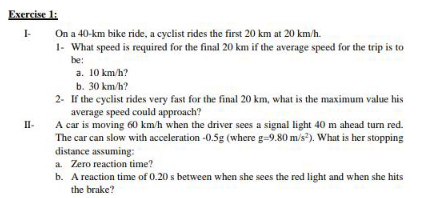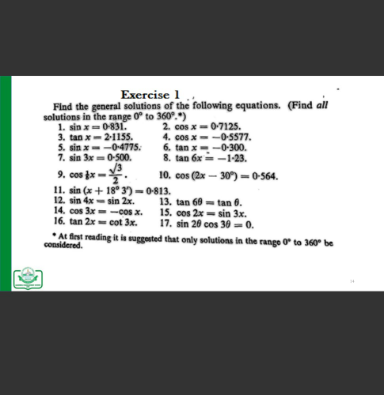
AllQuestion and Answers: Page 587
Question Number 160544 Answers: 0 Comments: 2

Question Number 160543 Answers: 0 Comments: 0
Question Number 160539 Answers: 1 Comments: 0
Question Number 160530 Answers: 2 Comments: 0

Question Number 160529 Answers: 2 Comments: 0
Question Number 160528 Answers: 0 Comments: 0
Question Number 160526 Answers: 1 Comments: 0
Question Number 160522 Answers: 1 Comments: 0

Question Number 160521 Answers: 0 Comments: 0
Question Number 160520 Answers: 1 Comments: 0
Question Number 160516 Answers: 1 Comments: 0

Question Number 160508 Answers: 0 Comments: 0
Question Number 160507 Answers: 0 Comments: 0

Question Number 160506 Answers: 0 Comments: 0

Question Number 160504 Answers: 1 Comments: 2

Question Number 160496 Answers: 2 Comments: 0

Question Number 160493 Answers: 1 Comments: 0
Question Number 160491 Answers: 0 Comments: 1

Question Number 160487 Answers: 3 Comments: 0

Question Number 160482 Answers: 2 Comments: 1

Question Number 160473 Answers: 1 Comments: 0

Question Number 160466 Answers: 0 Comments: 0

Question Number 160457 Answers: 2 Comments: 0
Question Number 160451 Answers: 2 Comments: 0
Question Number 160445 Answers: 1 Comments: 2
Question Number 160444 Answers: 2 Comments: 0
Pg 582 Pg 583 Pg 584 Pg 585 Pg 586 Pg 587 Pg 588 Pg 589 Pg 590 Pg 591
